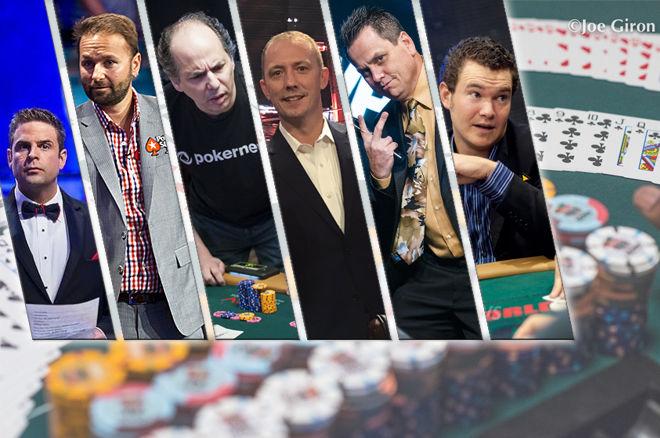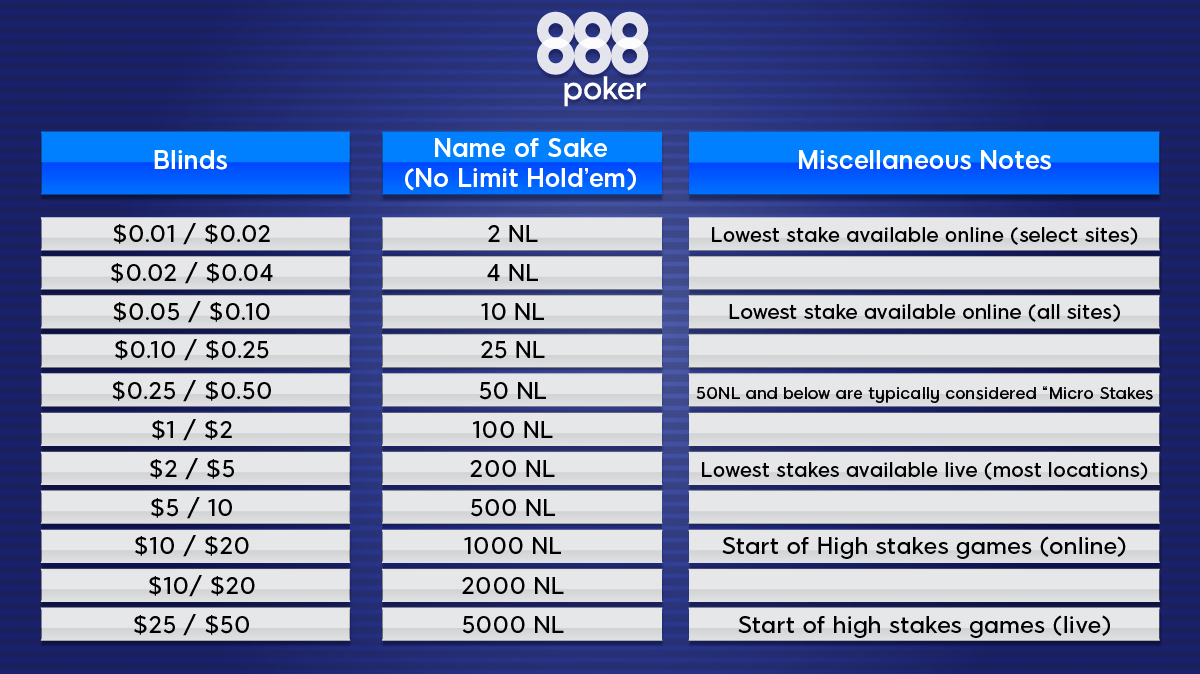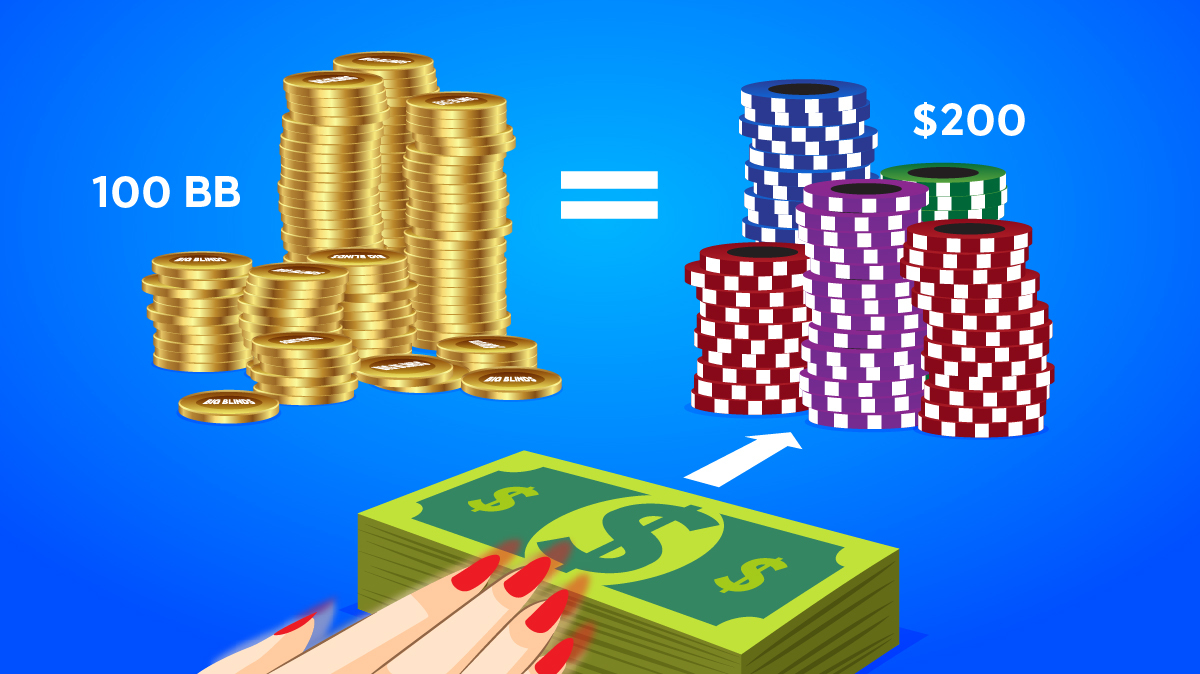Blinds And Ante

In an effort to speed up the game, poker tournaments are experimenting with a tweaked process for posting antes called the “Big Blind Ante.”
In Big Blind Ante games, instead of each player posting an ante at the beginning of a hand, the BB antes for the entire table.
- Arlo Blinds Cordless Petite Rustique Bamboo Roman Shades Blinds - Size: 34' W x 60' H, Cordless Lift System ensures Safety and Ease of use. 4.7 out of 5 stars 1,708 $56.00 $ 56.
- In Big Blind Ante games, instead of each player posting an ante at the beginning of a hand, the BB antes for the entire table. So far, players overwhelmingly like the big blind ante format. Not only does it speed up the game, it also eliminates the need to keep small denomination chips in play past their usefulness.
- That means faux wood blinds are less likely to crack, peel or warp. Other budget-friendly blinds options include aluminum mini blinds and vinyl mini blinds. Both choices are available in a variety of colors and sizes and give you great light coverage and privacy. Your new blinds may be horizontal or vertical blinds.
- Blinds are a different way of dividing up the ante so that only a few player are committed to the game before seeing their cards. They are generally split into big and small blinds. The big blind is the full 'ante' for the round. The small blind is a smaller sum.
So far, players overwhelmingly like the big blind ante format. Not only does it speed up the game, it also eliminates the need to keep small denomination chips in play past their usefulness.
But not everything is peachy keen with the new structure.
Blinds & Shades: Transform the look of your home with the right window coverings. Free Shipping on Everything. at Overstock - Your Online Window Treatments Store!
A debate over what comes first, the ante or the blind bets players are required to post at the start of each hand, has overtaken Poker Twitter.
The debate almost exclusively involves high-stakes poker players and tournament directors, with the two sides arguing player preference vs. fairness.

The two sides of the debate
Poker players are focused on what players would prefer, citing the disappointment an extremely short-stacked player would feel if they were only capable of winning their chips back (the antes) in an all-in situation.
Tournament directors are more interested in changing the long-established norm of antes being posted before the blinds, and whether or not doing the opposite is “fair” to everyone.
The conversation is mainly centered around a situation where a player is extremely short-stacked, and the two radically different outcomes that ante-first or big-blind-first create:
Ante 1st scenario. pic.twitter.com/scZaRLqDnm
— Willie Elliot (@Willie_Hmmm) March 18, 2018
BB 1st scenario. pic.twitter.com/sGpW0ZJHaL

— Willie Elliot (@Willie_Hmmm) March 18, 2018

Considering the infrequency and insignificance of the scenario, it may seem trivial. However, there is an important component to this conversation most people are overlooking: game integrity.
Game integrity
In the BB ante format, the big blind is posting the antes for the entire table. That means that each player at the table owes that player a single ante, and the debt is paid when they are in the big blind and pay the antes for the table.
Steve Badger did a good job explaining one scenario where game integrity could be compromised if the ante is considered before the big blind on Twitter:
And it’s not simply a potential issue in unlikely end-of-game scenarios.
Imagine the same all-in situation only it’s the first-hand of a nine-handed single-table-tournament, where each player starts with 100 chips, and there is a two-chip small blind, a four-chip big blind, and a one-chip ante.
On the first hand, each player should have an equal number of chips, but that’s not the case. The big blind is short eight chips that have been “lent” to the other players at the table. In an all-in situation, the big blind is unduly penalized, since they can’t win any other player’s entire stack.
Further, if the BB is eliminated they would never have an opportunity to recoup the chips they are still owed.
If the BB calls an all-in their effective stack is 91 chips (4 chips from the blind and 87 remaining in their stack). On the flip side, the other players are playing a stack of 100 chips. The under-the-gun player can win 102 chips — the 15 chips in the pot plus 87 chips from their opponent — leaving the losing player with nine chips.
Now fast forward a few hands. Suppose the losing player was the small blind and is now the big blind. In an ante-first scenario they would first have to obligate their debts to the other players and would only be able to win the nine chips they ante. In the BB-first scenario they would be eligible to win the blinds, four chips from any player who calls, and the partial five-chip ante they posted.
- Ante-first with three callers: All-in player wins 9 chips.
- BB-first with three callers: All-in player wins 23 chips.
Yes, this is great for the short-stack, but how should the original BB feel about this player that should have been eliminated now sitting on 23 chips and only partially paying their antes? In practice this player shorting the antes means they managed to avoid paying antes for four of the ninee hands that were played.
In no other part of the casino would this be allowed to happen. If you can’t cover the main bet on a table game you’re not allowed to put money on the jackpot bet.
Considering the lending component and the possibility of unfairness, I don’t know if big blind before ante would stand up to regulatory scrutiny, and if a gaming commission really wanted to be a stickler, the lending element of the BB ante format could also be disallowed – although I doubt a gaming commission would go that far.
The problem with fixing problems
What was implemented as a way to speed up the ante process has somehow turned into a debate over what’s more friendly for recreational players.
How To Use Blinds In Poker
The big blind before antes side isn’t making the case from a game mechanic standpoint, in fact, the only logic for it is that it makes the short-stacked player feel better, hence it’s believed to be player-friendly and good for the game.
That may be true, and this issue may be inconsequential enough to not matter from a game integrity standpoint (although I’m not convinced it is), but that doesn’t make the “we don’t want a player to feel bad” argument a good one.
It seems to me they shouldn’t be given any extra advantage just because they can’t afford to pay what they are due to the pot.
— Willie Elliot (@Willie_Hmmm) March 18, 2018
Blinds And Antes In Poker
Key takeaway #1
Even if “big blind first” is the best practice for players, it might not pass muster with gaming commissions, and we need to consider all of the different scenarios where a player may be able to game the system in some way.

Eliminating the requirement that new players post a blind or wait for the blind would also be “player-friendly,” but that rule is in place for a reason – people have found ways to take advantage of it and/or it’s simply unfair to the other players.
Key takeaway #2
In the grand scheme of things, none of this will likely matter. It looks like the BB ante structure is here to stay, and tournament directors and players will eventually hash out the chicken or the egg part of it with consideration given to player-friendliness and game fairness.
What Does Blinds Mean In Poker
But to pretend this is just a matter of preference is wrong. There is a legitimate game integrity and fairness concern.